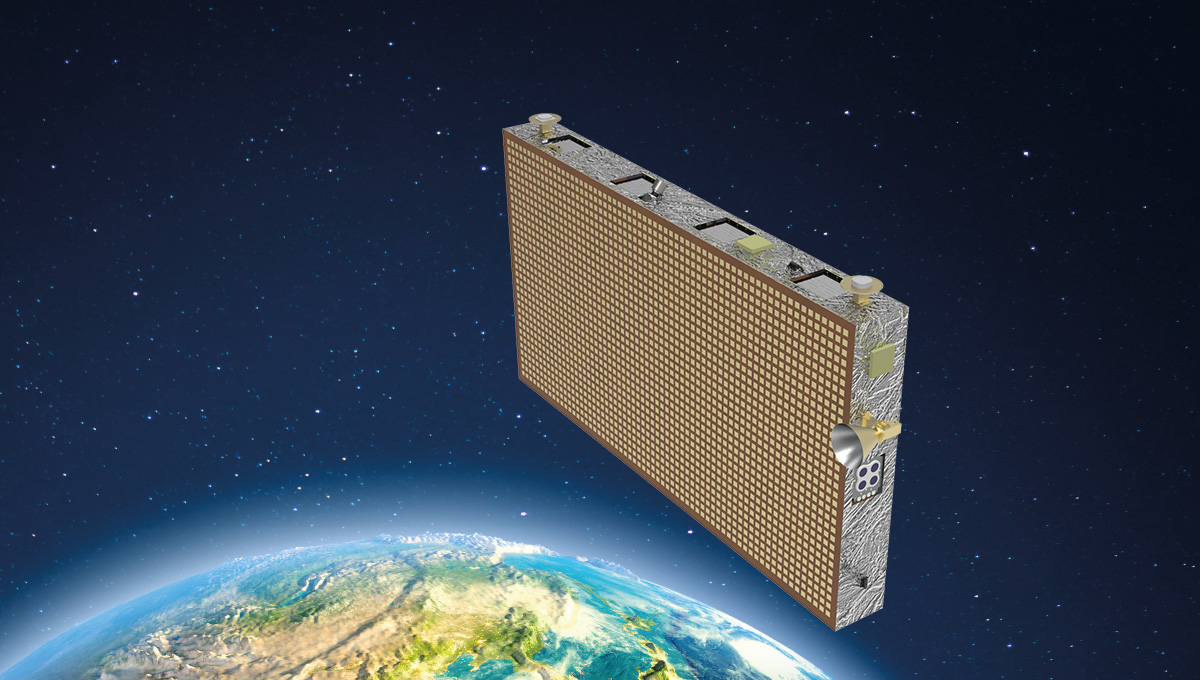Hanwha Systems, a leading South Korean aerospace company, has recently announced plans to launch a small satellite equipped with Synthetic Aperture Radar (SAR). The launch is scheduled to occur by the end of the year from the southern waters near Jeju Island, with support from the South Korean government.
The satellite features a state-of-the-art SAR payload with advanced electronic beam steering capabilities, placing it among the global top tier in this technology. This project is part of the Small SAR Satellite EQM (Engineering & Qualification Model) Project, which is a segment of the Future Technology Challenge Initiative Program. Hanwha Systems is a key participant in this initiative, which aims to address future security needs and lay the groundwork for Korea’s independent development of small SAR constellation satellite systems.
Small constellation satellites offer several advantages over traditional mid-to-large sized satellites. These include lower costs, shorter development periods, and faster deployment into orbit. Notably, these satellites have significantly shorter revisit time cycles, enabling quick mission execution and rapid data collection.
Innovative design approaches, aligned with the New Space Paradigm, are being applied to these SAR constellation satellites. This includes the integration of the SAR antenna with the main unit structure and the consolidation of functions, resulting in a lighter system with simplified electrical interfaces. These design innovations not only ensure economic feasibility but also hasten the development timeline.
The SAR payload, developed using indigenous Korean technology, incorporates active array elements for electronic beam steering. This allows the satellite to capture high-resolution images (1m-level) over a broad area. Future developments aim to adapt this technology for use in Basic Unit System (BUS) and payload-separated type satellites, further expanding its application scope.

